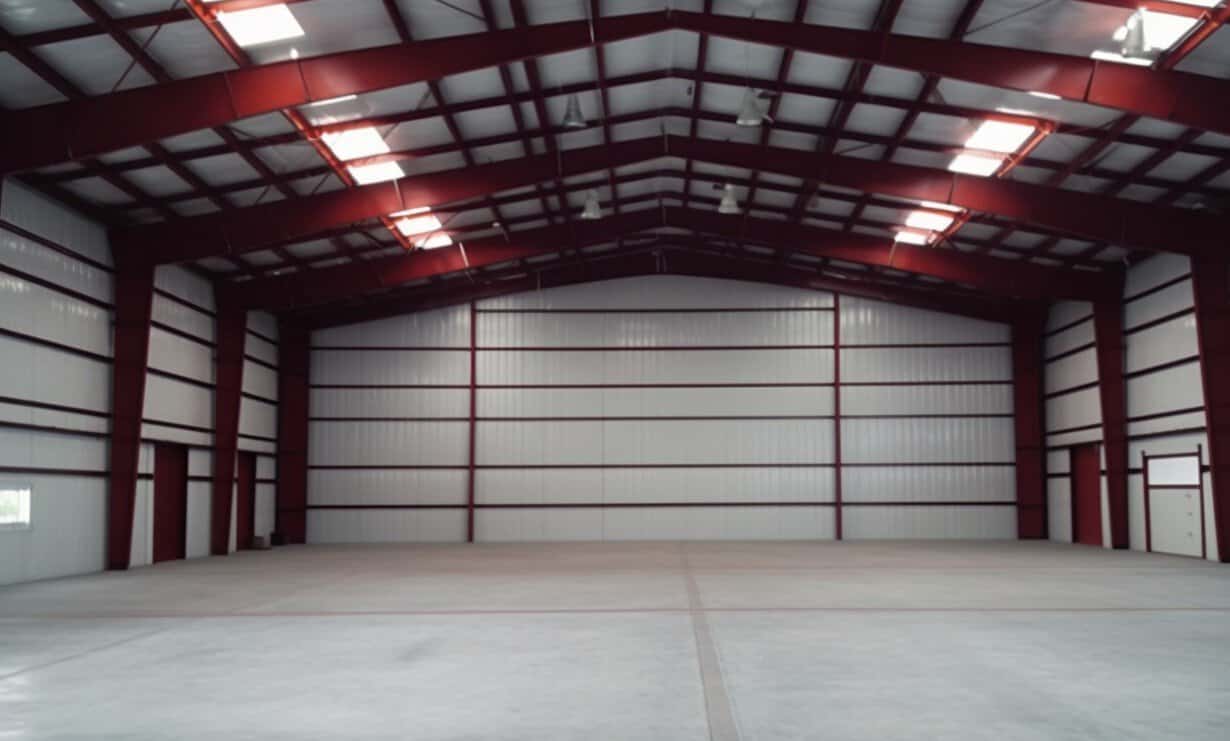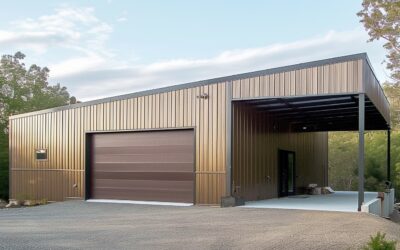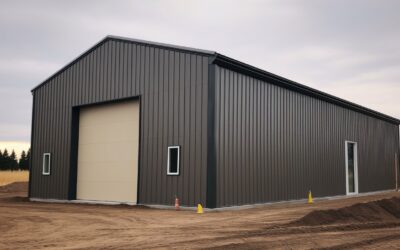The Iron Harvest: Steel Building Trends in Agriculture
As the world shifts towards more sustainable practices, there has been an increased focus on the construction industry, specifically agricultural buildings. Steel being held up as the paragon of green building materials because of its high recyclability and durability. Today, we’ll be analyzing the rise of these agricultural buildings and steel building trends agriculture is embracing, as well as how these techniques are shaping the agricultural industry for the better.
The Dawn of Sustainable Agriculture Construction
The shift towards sustainable construction in agriculture is not merely a passing trend. Rather, it’s a direct response to the increasing need for constructions that not only serve their purpose but do so while minimizing their environmental impact. Central to these sustainable practices is the use of steel. But why is steel becoming the preferred choice in agricultural construction?
Steel: A Reliable Ally for Agriculture
Steel, known for its strength, durability, and flexibility, is an excellent choice for modern agriculture. It is highly resistant to external elements, which makes it perfect for structures that need to withstand severe weather conditions – an essential attribute for metal barns.
A less known but equally important virtue of steel is its recyclability. According to the World Steel Association, steel is one of the most recycled materials in the world. This ability to be reused makes steel a perfect ally for agriculture, an industry that carries the enormous responsibility of providing for a growing population while respecting nature.
The Rise of Steel Building Trends in Agriculture
The transition from traditional construction materials to steel in agriculture spans a broad range of applications. From barns to grain bins, steel is becoming increasingly prevalent. So, let’s dive into some compelling steel innovations agriculture is using.
Reinventing the Agricultural Landscape with Steel
One of the primary areas where steel is being heavily utilized is in the construction of barns and other livestock housing facilities. Thanks to the reliability of steel, these structures are proving to be sturdier, more durable, and much more flexible in terms of design and expansion as compared to their traditional counterparts.
On the crop production side of agriculture, steel buildings are being used for the creation of weather-resistant storage facilities, such as grain silos. They offer a cost-effective, durable, and easy-to-maintain alternative for storing harvested crops.
A Win for Sustainability
But it’s not only about practicality. These steel building trends agriculture is adopting are also a win for sustainability. Steel buildings, with their high longevity and recyclability, far exceed traditional wooden structures in terms of environmental impact.
Embracing the Steel Revolution
The advantages of steel construction in agriculture are undeniable. As more industries realize the benefits of sustainability, it’s heartening to see agriculture taking the lead, especially given its central role in society.
What the Future Holds
As we move forward, we can expect to see an increase in steel construction in agriculture, with farmers and industry players alike increasingly embracing this sustainable material. As technology and innovation continue to develop, steel’s versatility and durability promise to open up even more possibilities for agricultural construction.
Final Thoughts
The shift in steel building trends agriculture is experiencing is an important stride towards more sustainable practices in the industry. From the construction of eco-friendly barns to the development of steel-based storage facilities, the “Iron Harvest” shows promise in shaping a greener future for agriculture, and indeed, the world. Who knew that the traditionally ‘heavy metal’ industry would turn out to be such a significant player in the sustainability game?
Remember, it’s not just about embracing new technologies but also about the way we choose to use them. As the agriculture industry continues to evolve, it’s essential to keep pushing for innovations that will benefit not only us but also generations to come. Will you be part of this new sustainable ‘Iron Harvest’?





